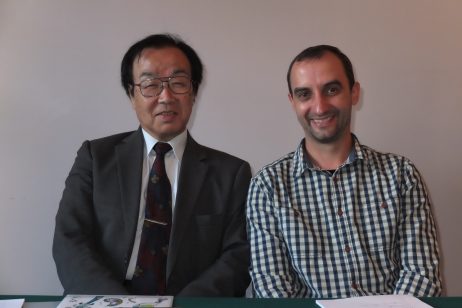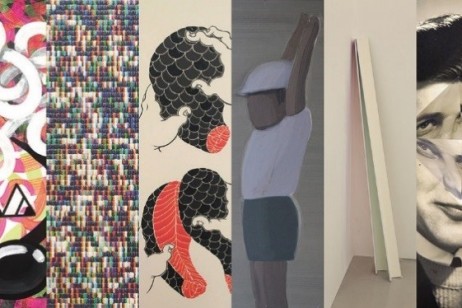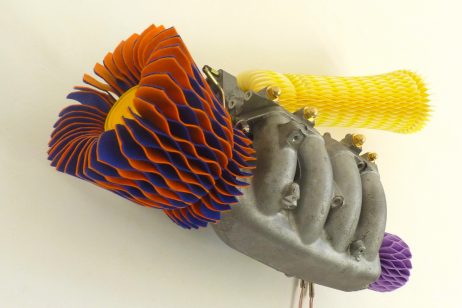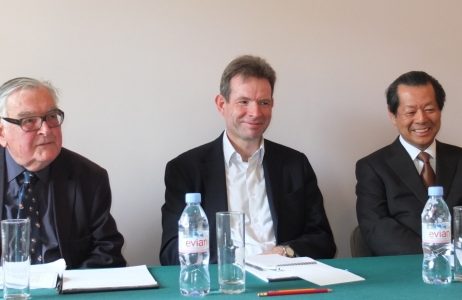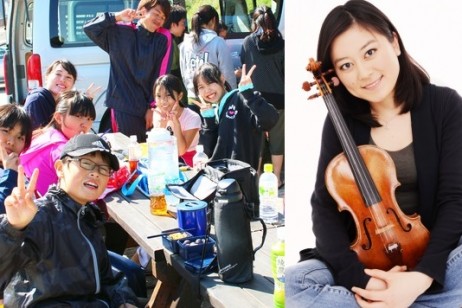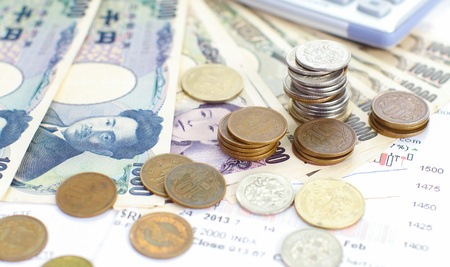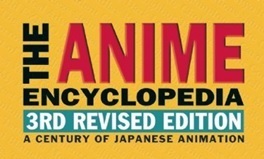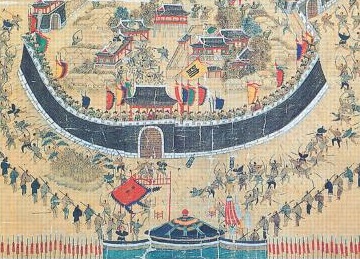4 June 2015
Diversity in Education: Alternative Schools
A. S. Neill, a Scottish writer and education philosopher, created a community in which children could be free from adult authority, which in 1927 became Summerhill School in Suffolk, probably the world’s best-known “free school”. The school and Neill’s “free school” ideas became famous through his writings and lectures. In Japan, Professor Shinichi Hori was impressed by Summerhill and translated many of Neill’s books into Japanese, later establishing his own schools in Wakayama, based on Neill’s educational philosophy of liberty and democracy exercised by children.
More info